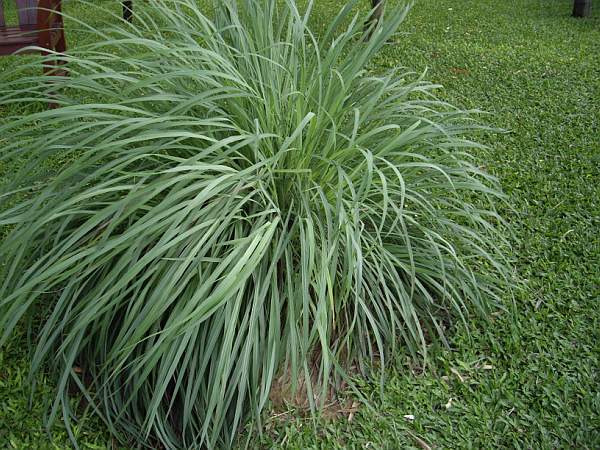

| Materials | Method of preparation | How to use | Target pests |
| Lemongrass extract
(Stoll, 2000: p. 171)
50 g of ground lemongrass 2 liters of water |
nSoak the ground lemongrass into water for few hours. Strain. |
Spray onto lettuce, tomatoes, and carrots |
Leaf blight Bacticidal |
| Lemongrass, chili, bitterwood extract (Stoll, 2000: p. 176) Whole plant of lemongrass Chili pods Bitterwood leaves 4 ml of soap Mortar and pestle Strainer Basin |
Pound required amount of each plant to get the extract. 5-7 tbsp of plant juices are needed from each plant. Mix the all the plant juices. |
Dilute the mixture of plant juices with 4 liters of water. Spray on infested plants thoroughly preferably early in the morning or late in the afternoon. |
Rice pests |
| Citronella grass, Madre de cacao, chili, tobacco and Tinospora extract (Stoll, 2000: p. 176) 25 kg of citronella grass 25 kg of fresh Madre de cacao leaves 1 kg of chilies 10 kg of tobacco leaves 5 kg of Tinospora Drum Soap Bolo or knife |
Chop these plant materials. Put into a drum full of water. Set aside for 1 month to allow fermentation. |
Dilute 1 liter of stock solution with 10-12 liters of water. Add soap. Stir well. Spray on infested plants thoroughly. |
Most agricultural pests |